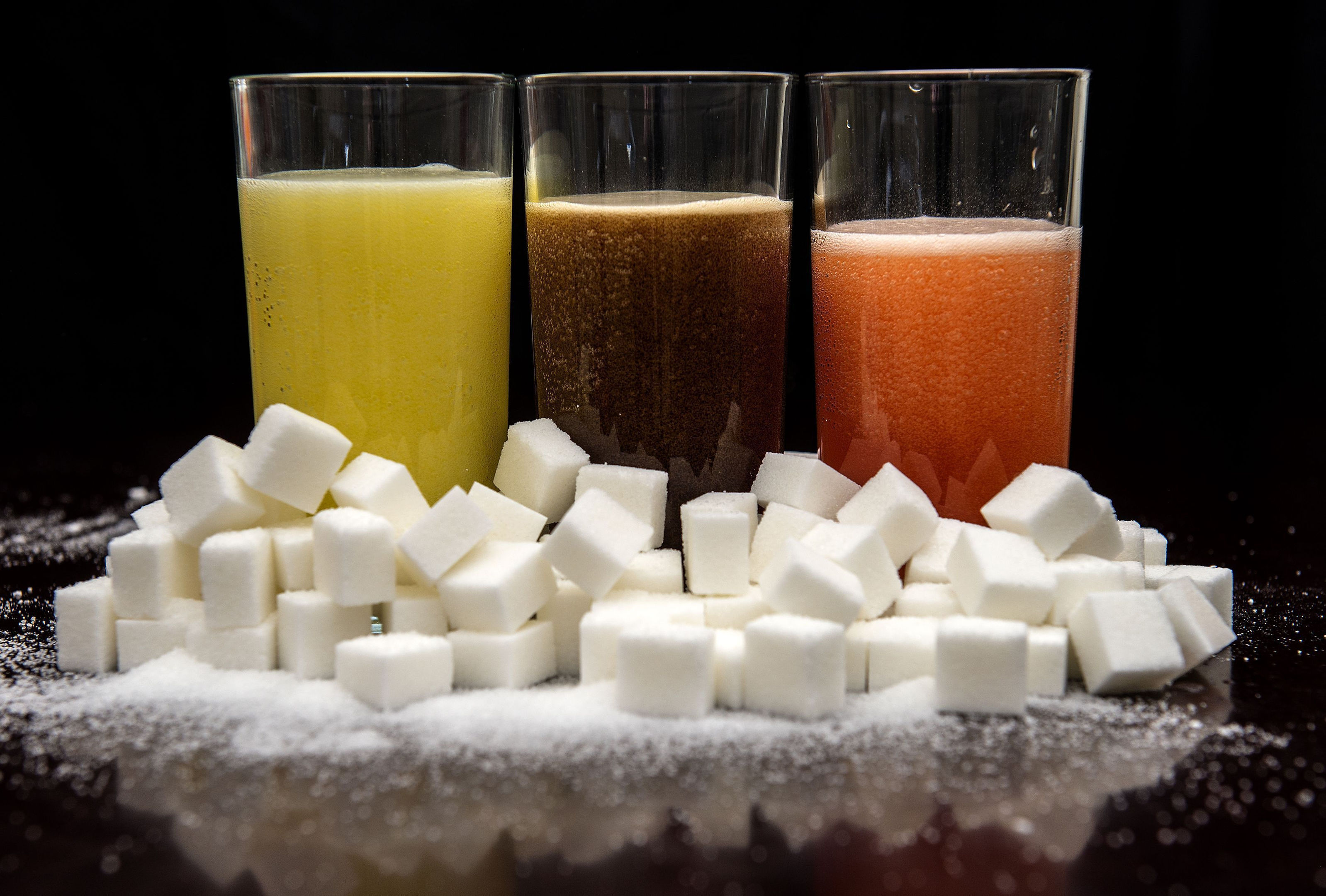
GRAPHIC health warning labels could deter young people from choosing sugary soft drinks and help in the battle against obesity, a new study suggests.
Images of crooked decaying teeth and warnings about the risks associated with consuming too much sugar appeared to put people off sweetened options, the research found.
The findings present a “compelling” argument for warnings, similar to those found on cigarette packets, to be implemented globally, the author behind the study said.
A sugar tax on soft drinks was recently introduced in the UK, but there have been growing calls for more action to tackle the obesity crisis.
While some companies including Irn-Bru have opted to reformulate to avoid the levy, others have been forced to hike prices.
Professor Anna Peeters, lead author from Deakin University in Australia, said: “The question now is what kind of impact these labels could have on the obesity epidemic.
“While no single measure will reverse the obesity crisis given that the largest source of added sugars in our diet comes from sugar-sweetened drinks, there is a compelling case for the introduction of front-of-pack labels on sugary drinks worldwide.”
The research, which will be presented at the European Congress on Obesity in Vienna, Austria, examined responses from around 1,000 Australians aged 18 to 35.
They were divided into five groups and asked to choose from a selection of 15 drinks, including sweetened and unsweetened options.
The sugary drinks were either unlabelled, or included one of four labels: a graphic warning showing an image of crooked teeth, a text warning, information about the number of teaspoons of added sugar, or a health rating.
Participants were 36% less likely to purchase sugary drinks that included a graphic warning compared to those without a label, and 18% less likely to buy those with sugar information on the packaging, the research found.
They were 20% more likely to choose healthier alternatives when Health Star Ratings were displayed on all drinks compared to the group without labels.
The system is currently used on food products in Australia and New Zealand.
“All the different label types have the potential to reduce the intended choice of sugary drinks among young adults,” Professor Peeters said.
“It seems to me, in the comprehensive package of things we have to do to reduce sugary drink consumption, this is likely to be one useful mechanism.”
Many people find the graphic labels “revolting and frightening and shocking” but the effects are less easy to produce with text messaging, she added.
In the study the graphic and text warning labels both stated: “Warning: Drinking drinks with added sugar contributes to obesity, Type Two diabetes and tooth decay.”
“Half the battle is shifting communities and the response that we got from this is that was really useful,” Professor Peeters said.
“So I think it’s a great leg-in, or foot-in-the-door, to shifting those community attitudes.”
Sugary soft drinks are a “low-hanging fruit” for policy-makers because of their lack of nutritional benefit, Professor Peeters said.
But she suggests the labelling system could be rolled out to other products including fast food in the future, if successfully implemented in sugary drinks.
Gavin Partington, director general at the British Soft Drinks Association, said: “Experience in the UK suggests that action industry is taking – around reformulation, portion size and switching advertising spend to low or no calorie products – is having ample effect in changing consumer behaviour.
“In fact, sugar intake from soft drinks in the UK has fallen by almost 19% since 2013 – five times as much as other categories, according to latest Public Health England data.”
He added: “We hope our action to date on sugar and calorie reduction set an example for other international markets.”

Enjoy the convenience of having The Sunday Post delivered as a digital ePaper straight to your smartphone, tablet or computer.
Subscribe for only £5.49 a month and enjoy all the benefits of the printed paper as a digital replica.
Subscribe